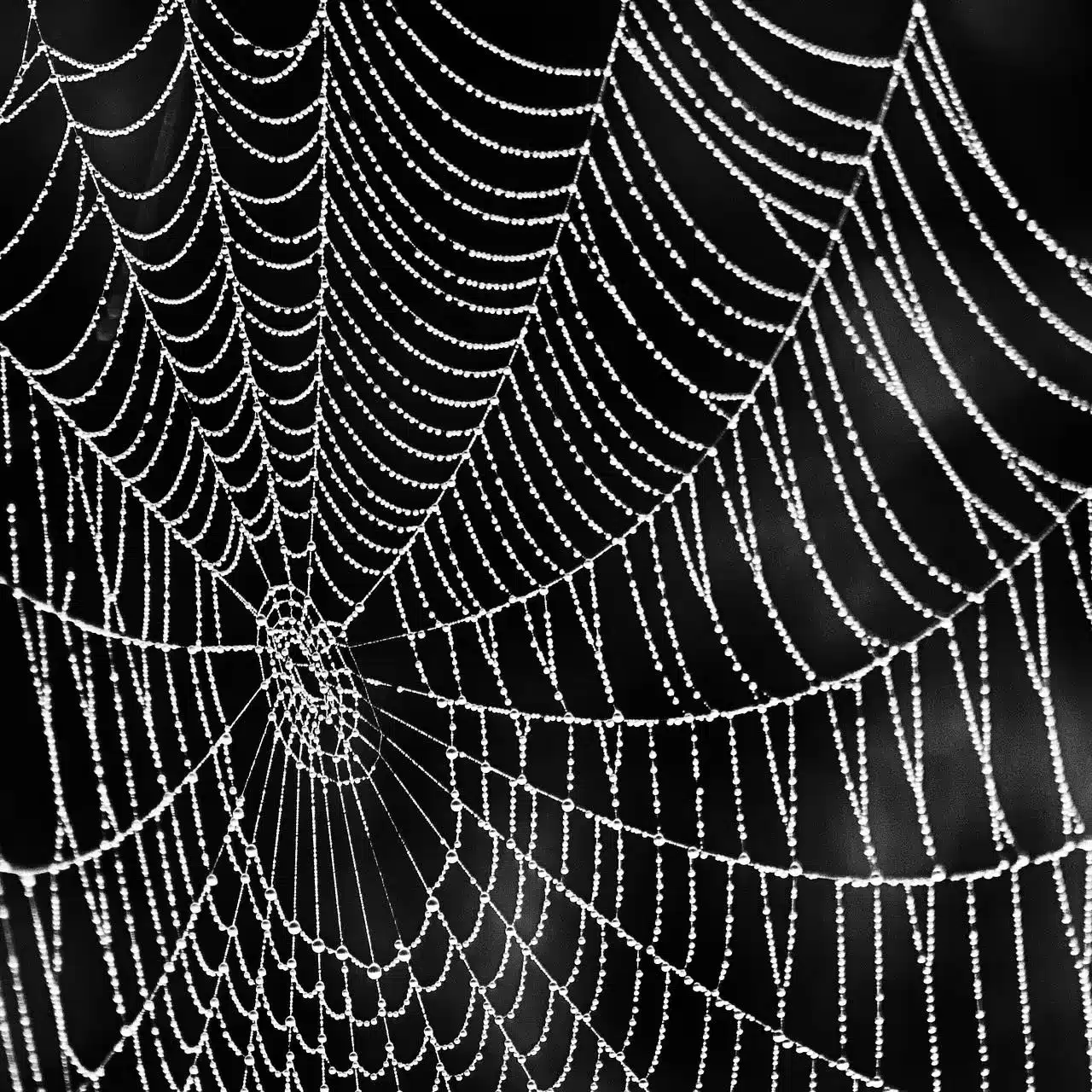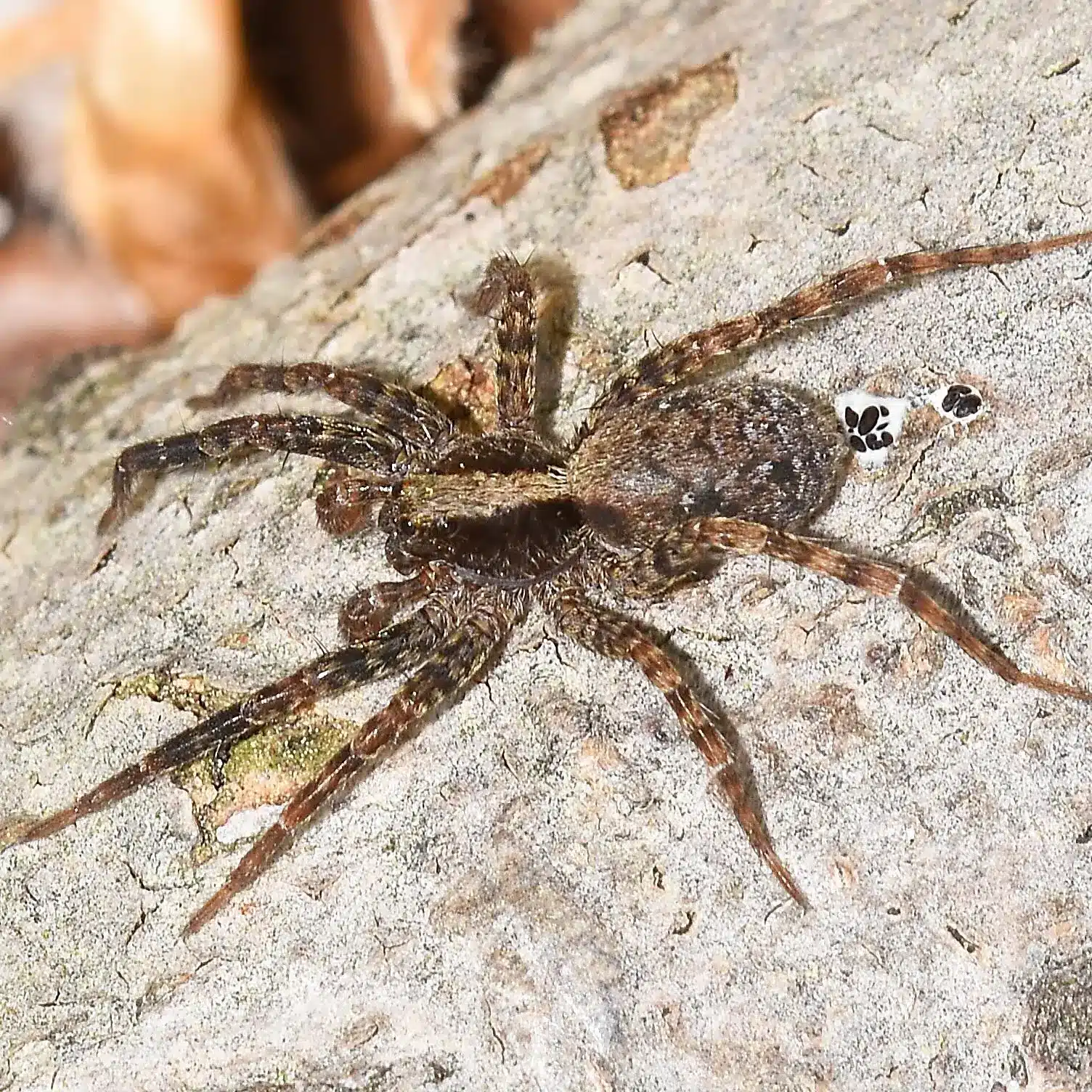Spider Treatments and More
Protect Your Property from Spiders with Safe, Effective, and Tailored Solutions. With Aetna Pest Control, Rest Assured that Your Spiders Will Be Gone. Safely.
Request a Quote
"*" indicates required fields

Common Spider Hotspots

Infestation Prevention

Signs of Spider Infestations
Look for spider webs in various shapes, such as orb, funnel, or cobweb formations, along with egg sacs—small silk-wrapped balls often hidden in corners or crevices. Shed exoskeletons indicate growth and activity. Frequent spider sightings suggest an infestation. Venomous species may leave distinctive bite marks and often hide in dark, undisturbed areas like basements, attics, closets, or beneath furniture.

Common Spider Species
Common spider species in the GTA include wolf spiders, known for their fast movement and ground hunting. House spiders are frequently found in corners, spinning messy cobwebs. Cellar spiders, or “daddy longlegs,” prefer basements and damp areas. Black and yellow garden spiders create large orb webs outdoors, while the northern black widow, though rare, hides in dark, sheltered locations.

Points of Entry of Spiders into your Property
Spiders enter homes through gaps in doors, windows, vents, and utility lines, often squeezing through tiny cracks in walls or foundations. They may also hitchhike indoors on firewood, potted plants, outdoor furniture, or storage boxes brought inside. Open chimneys, attic vents, and poorly sealed basements provide easy entry. Once inside, they seek dark, undisturbed areas like closets, basements, and crawl spaces.
Spiders Q & A
See some common questions below for some information that can help with your Spider Infestation
Spiders seek insects for food and sheltered environments. Clutter, outdoor lighting (attracting prey), and unsealed cracks or gaps make properties inviting.
DIY repellents (e.g., essential oils) offer temporary relief but rarely eliminate infestations. Professionals use integrated methods—insecticides, habitat modification, and prey reduction—for lasting results.
Reduce insect populations (their food source) with regular pest control. Seal entry points, declutter storage areas, and install tight-fitting screens. Outdoor tips: Keep shrubs trimmed and avoid stacking materials near walls.
Spiders are active year-round but peak in warmer months when insects thrive. In winter, they migrate indoors for warmth, often hiding in basements or attics.
Yes. Avoid dense vegetation near foundations or near utility lines, store firewood 20+ feet from your home, and use yellow outdoor lighting (less attractive to insects) to reduce prey.
Licensed technicians use pet-safe products and apply them strategically. Follow guidelines to keep children and pets away during treatment and until surfaces dry.